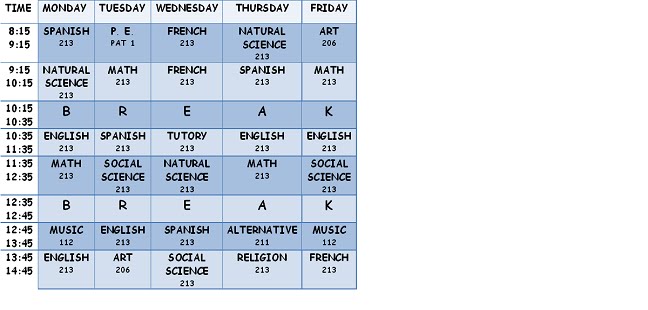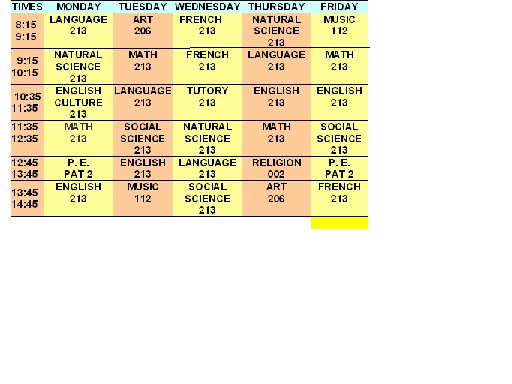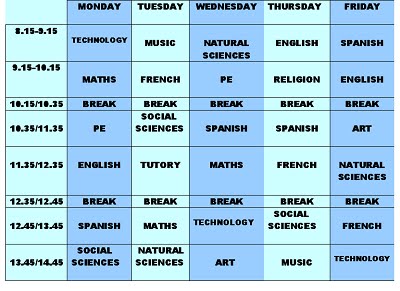International Womens Day Project
View more presentations from Pedro Talavera.
Welcome to the new bilingual blog at IES. Francisco Rodríguez Marín in Osuna (Sevilla). This blog has been created as a helpful tool for the students involved in the Bilingual Programme in our high school. They will be able to express their opinions and write in English about any topic related to the subjects they are studying in 1º and 2º ESO.


 In 1981 a statute of autonomy was established which recognized the right to autonomy for the different Spanish regions and nationalities. In Andalucía this is celebrated on February 28th because the referendum that passed the statute took place on that date.
In 1981 a statute of autonomy was established which recognized the right to autonomy for the different Spanish regions and nationalities. In Andalucía this is celebrated on February 28th because the referendum that passed the statute took place on that date. others hoist the two official flags . Andalucía's flag is green white and green.
others hoist the two official flags . Andalucía's flag is green white and green. 


 New Year’s Eve is the last night of the year,on the 31st of December. We consider that the year is over when the clock chimes 12 times at midnight. Then, people hug, kiss and wish a happy new year to each other. In Spain, traditionally, we eat 12 grapes at midnight, one for each chime. If you eat all the grapes on time, you’ll be lucky all year round. We also toast with champagne and many people go to the Puerta del Sol in Madrid to eat the 12 grapes in front of the famous clock of the old Post Office House.
New Year’s Eve is the last night of the year,on the 31st of December. We consider that the year is over when the clock chimes 12 times at midnight. Then, people hug, kiss and wish a happy new year to each other. In Spain, traditionally, we eat 12 grapes at midnight, one for each chime. If you eat all the grapes on time, you’ll be lucky all year round. We also toast with champagne and many people go to the Puerta del Sol in Madrid to eat the 12 grapes in front of the famous clock of the old Post Office House.

